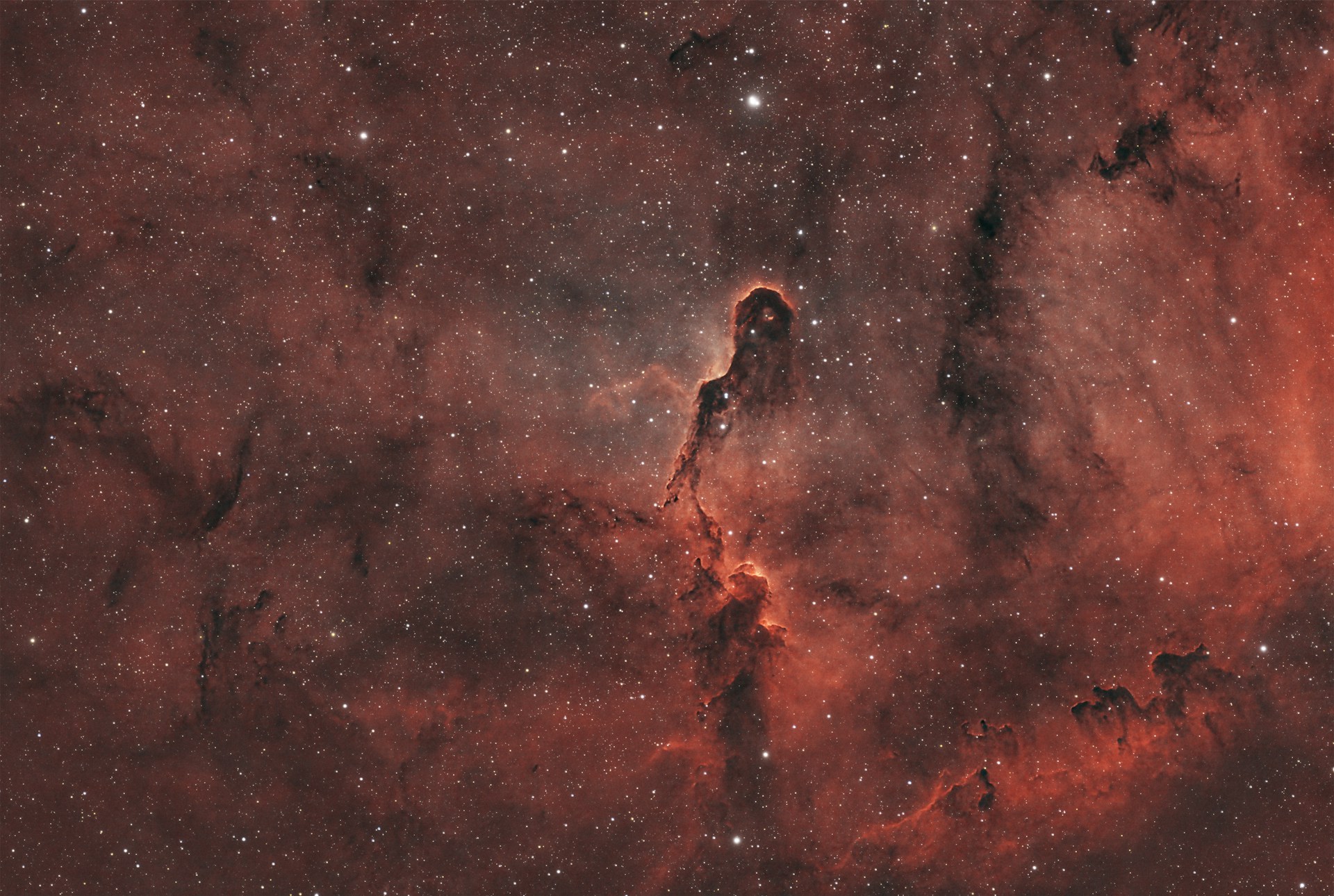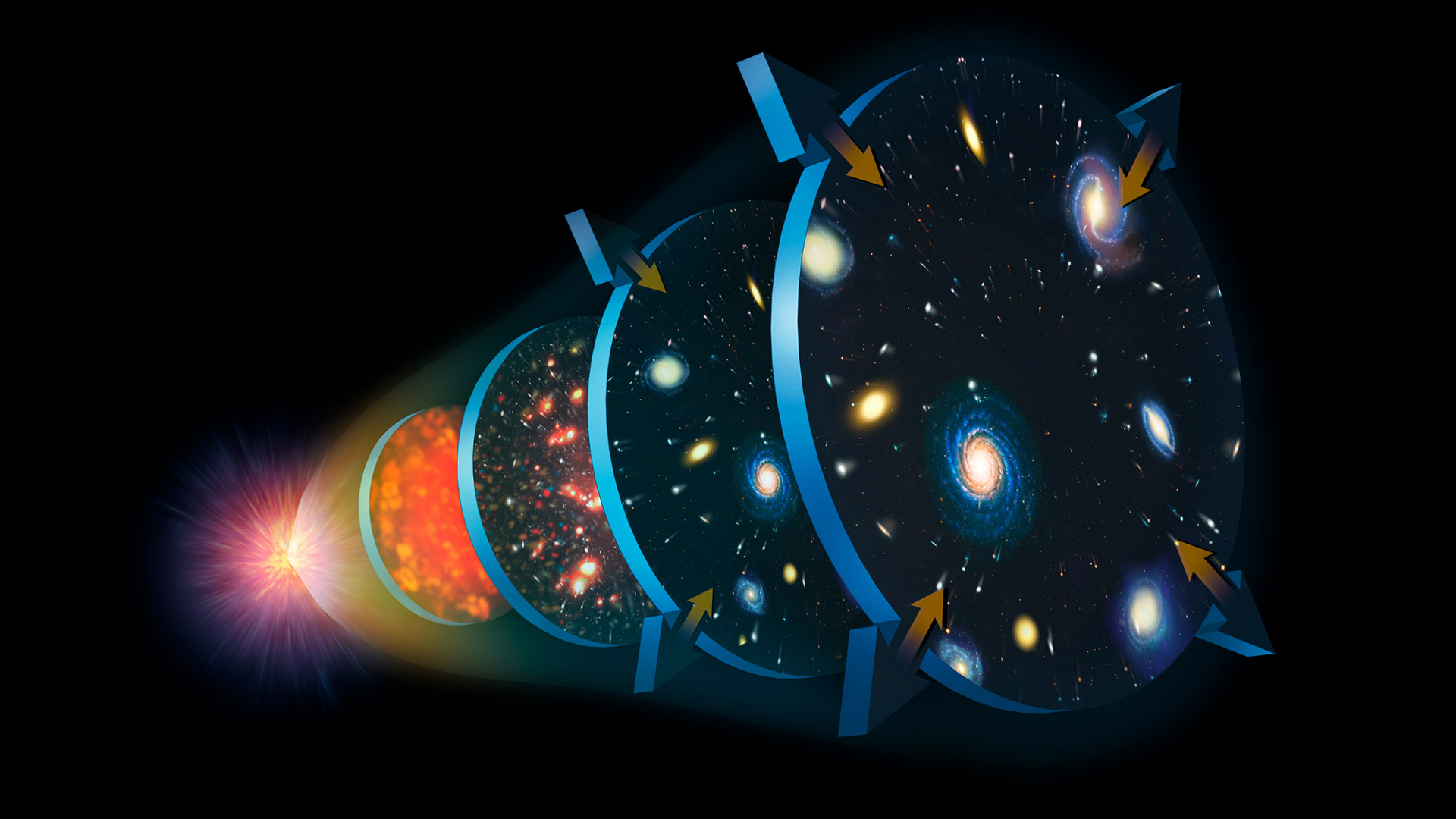One of the biggest mysteries of modern science – dark matter – probably originated before the Big Bang. A new study by physicists at the University of Texas at Austin offers a model to explain the formation of this strange substance during a period of cosmic inflation that may have preceded the Big Bang itself.

The Big Bang is traditionally believed to be the beginning of everything: matter, dark matter, energy, and space-time. After it, the Universe underwent a brief cosmic inflation when its size increased 10 septillion times in a fraction of a second. However, some theories suggest that this inflation may have occurred before the Big Bang. Researchers from Austin have developed a model of “warm inflation via freeze-in” (or WIFI for short) that explains the mechanism of dark matter formation during this period.
The model suggests that during inflation, interactions between radiation and particles in the so-called “thermal bath” resulted in the formation of dark matter particles. As astrophysicist Katherine Freese notes, most models assume that everything created during inflation disappears due to the exponential expansion of the Universe. However, WIFI demonstrates how dark matter particles could “survive” under these conditions.
What was before the Big Bang
According to conventional wisdom, before the Big Bang, the Universe was in a state of singularity – a point of infinite density and curvature of space-time. At this point, the known laws of physics do not apply. Therefore, some physicists suggest that the Big Bang was preceded by another epoch – either the collapse of the previous Universe or a phase of cosmic inflation. In this phase, energy could have transformed into matter and light, giving rise to the Universe we know.

Warm inflation, which is at the heart of the WIFI model, suggests that radiation is produced during the expansion of the Universe, forming a “thermal bath”. This environment allows for minor but important interactions to happen, in particular the formation of dark matter particles through a process called UV freeze-in. In this process, dark matter doesn’t reach thermodynamic equilibrium with the thermal bath, and its temperature remains below a certain critical level. The team’s calculations show that this mechanism could create enough dark matter to explain its volumes recorded by astronomical observations.
Expectations for theory confirmation
Although the WIFI model cannot be directly validated yet, elements of it may be confirmed in the near future. For example, future studies of the cosmic microwave background, such as the CMB-S4 project, may provide evidence in favor of warm inflation. If these observations confirm the correctness of this paradigm, it would greatly strengthen the case for dark matter to have formed exactly as described in the WIFI model.
This hypothesis is one of many theories seeking to explain the origin of dark matter. Other models suggest that dark matter arose later, such as during the Dark Big Bang. However, the Austin team’s study offers a unique mechanism that is consistent with available data and offers new perspectives for understanding the early stages of the evolution of the Universe.
We previously reported on how the source of the first light in dark space was found.
Provided by Science Alert


